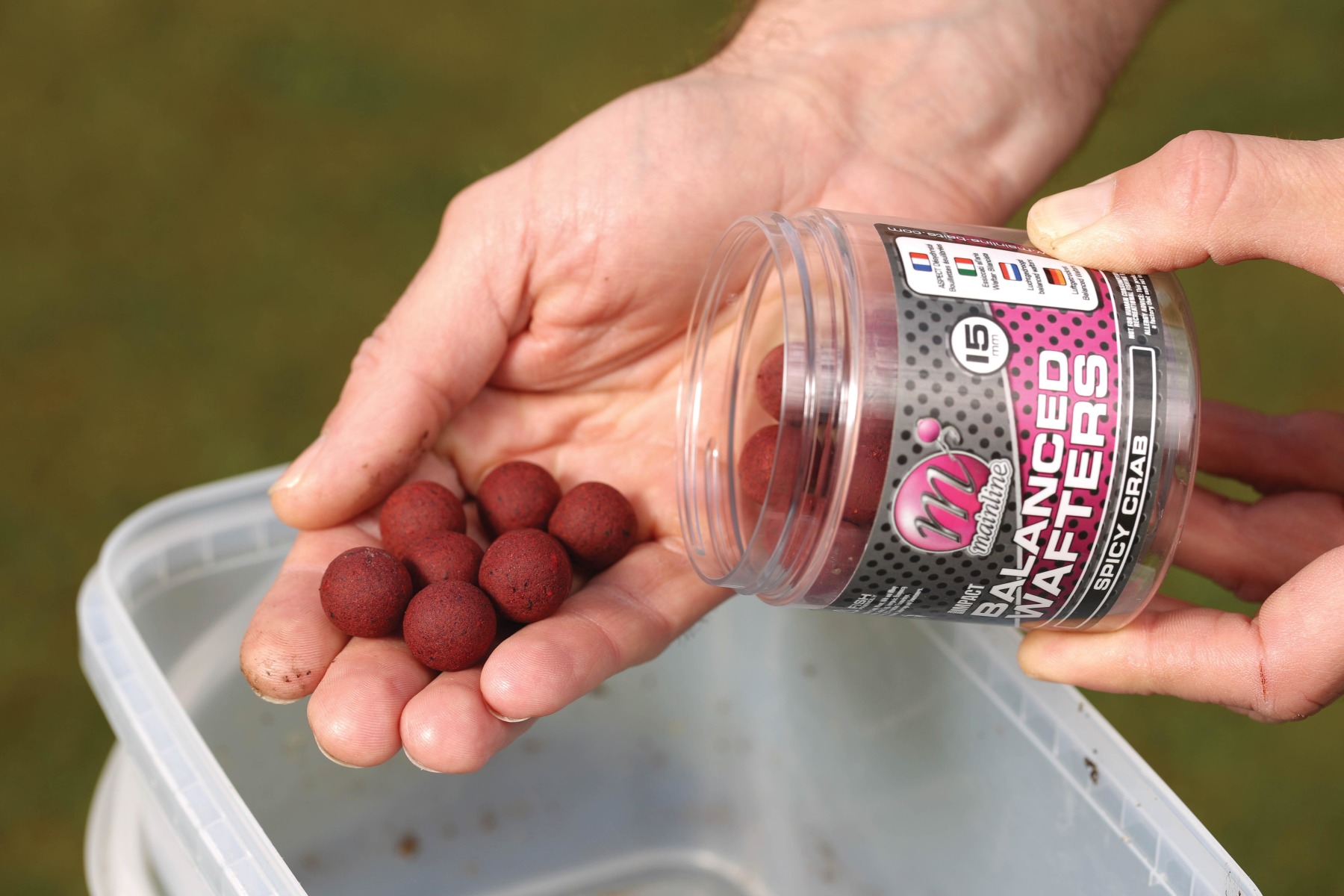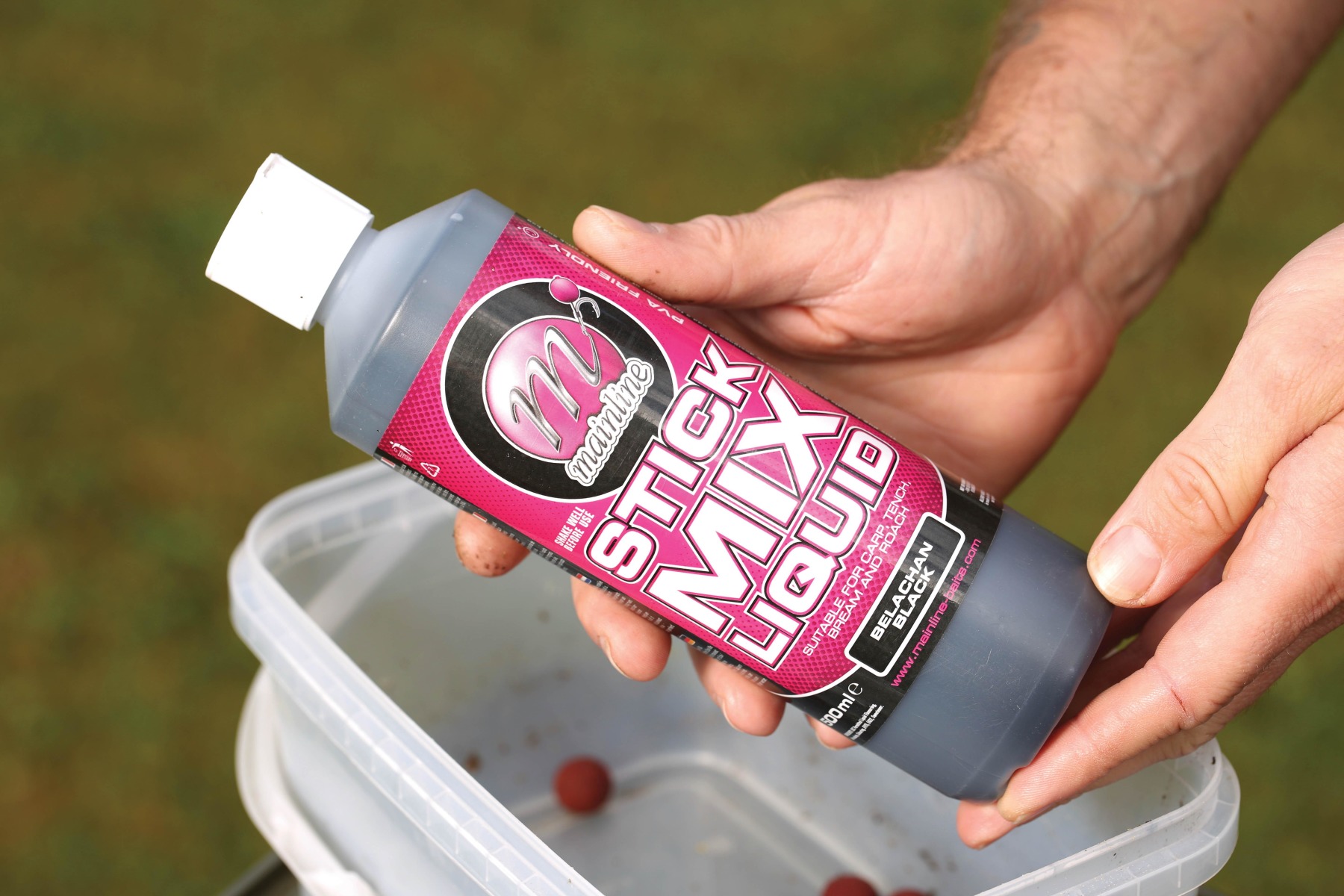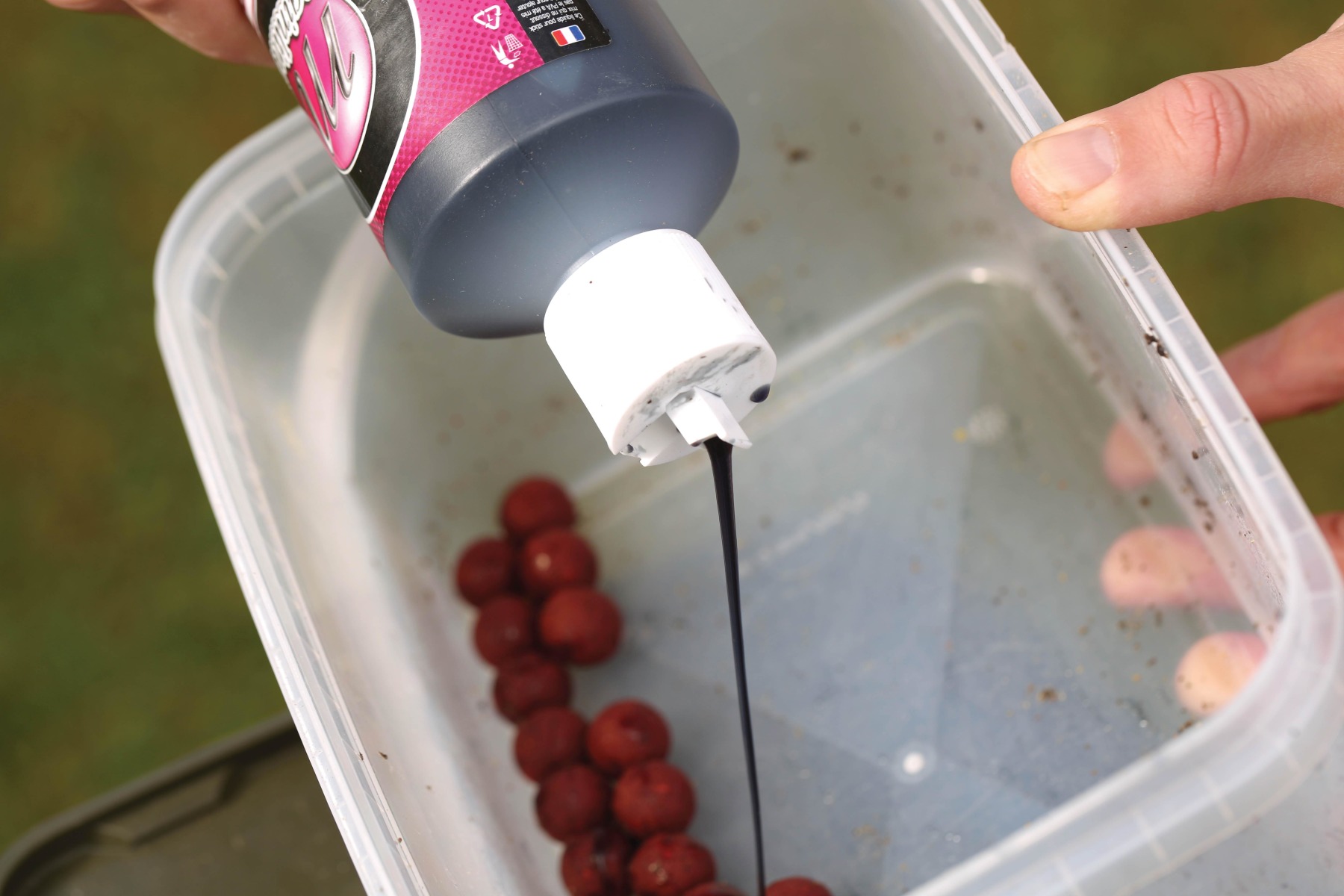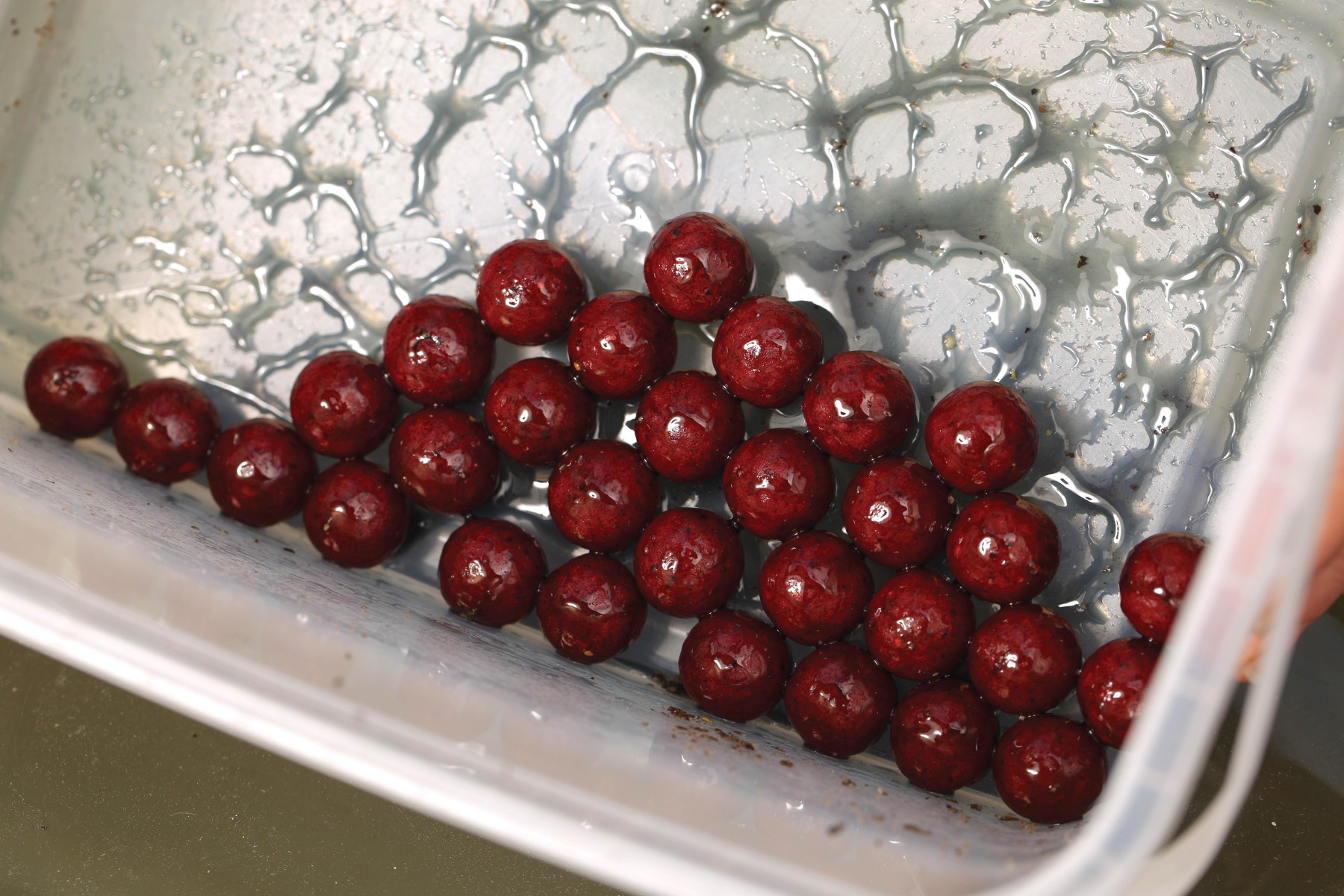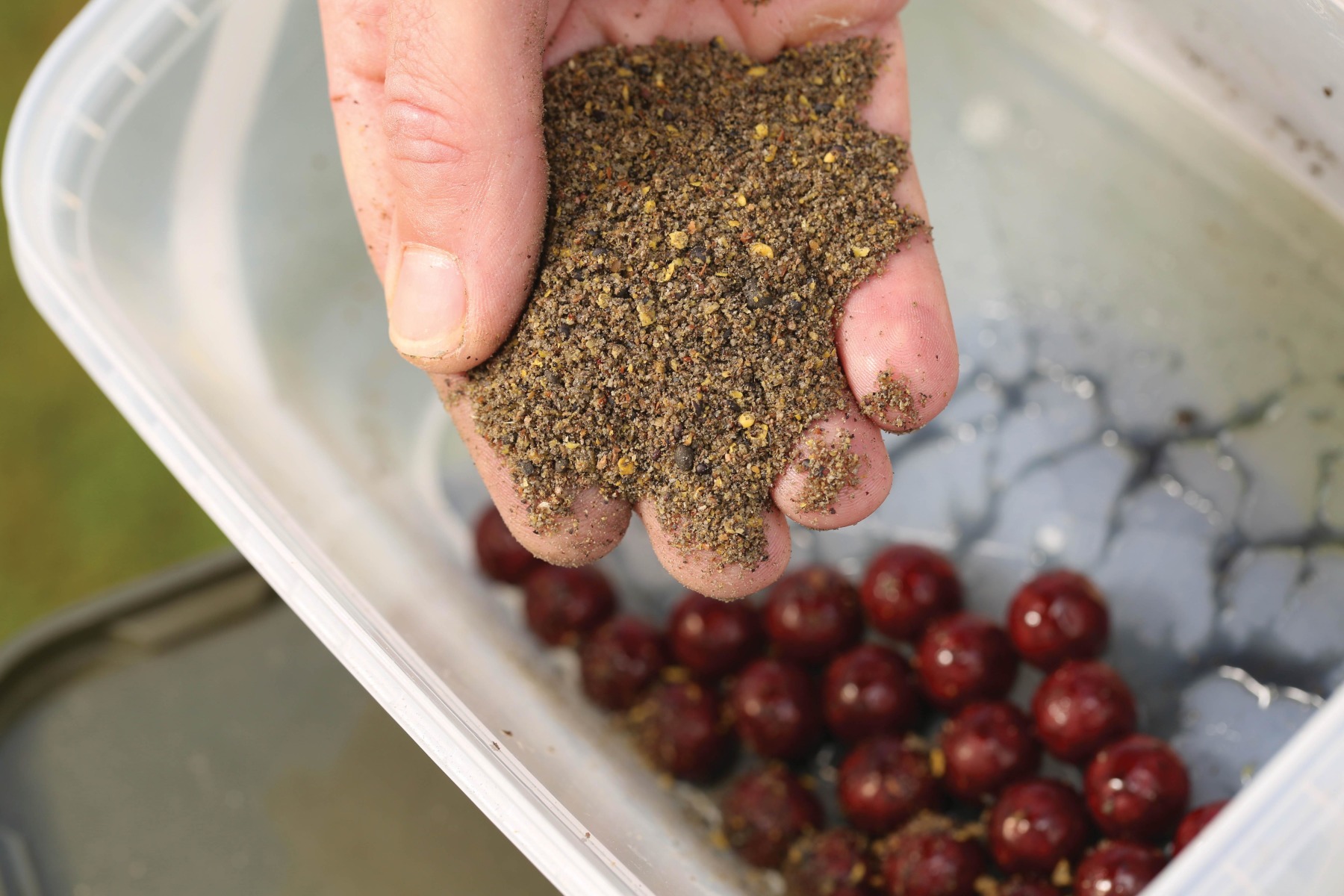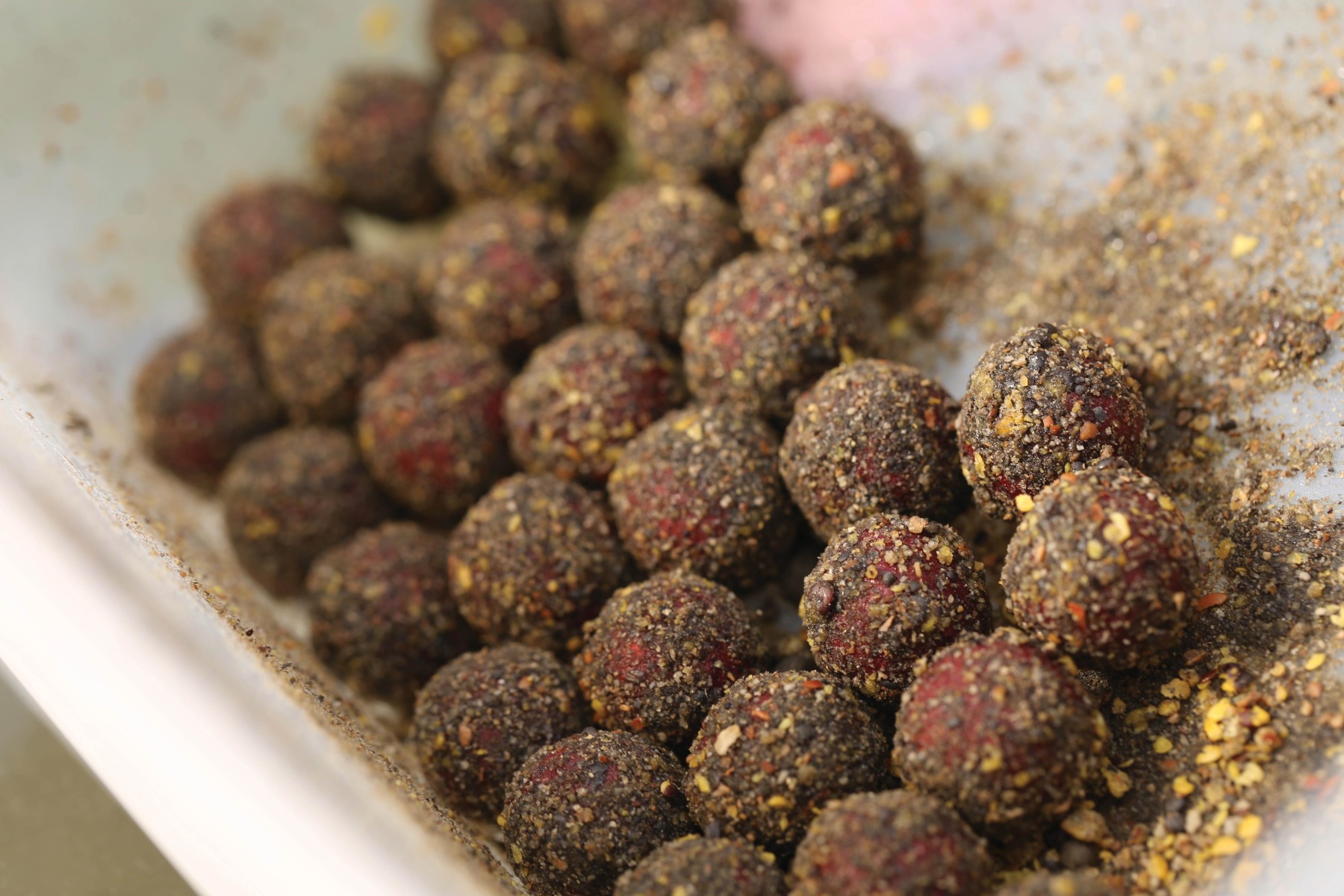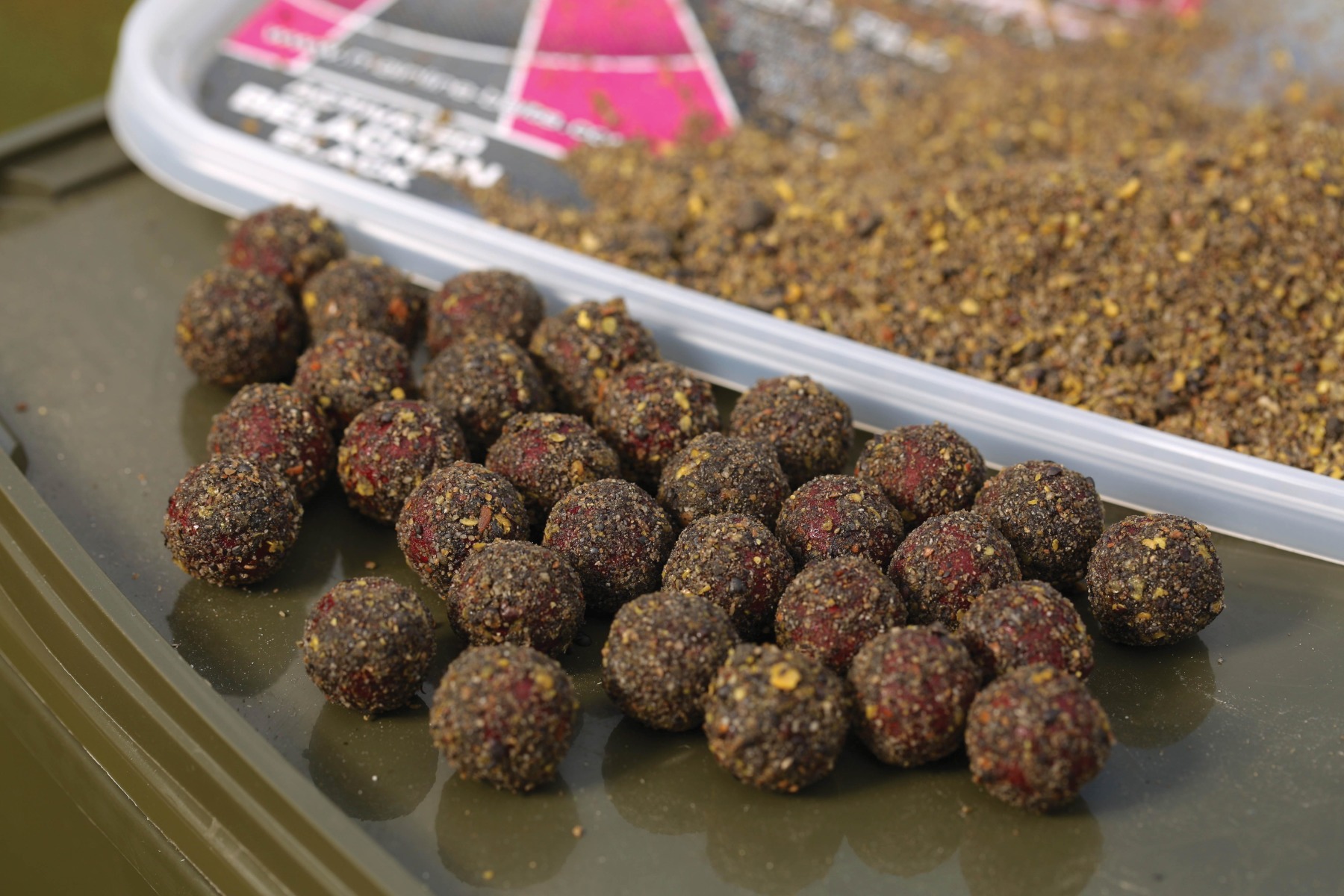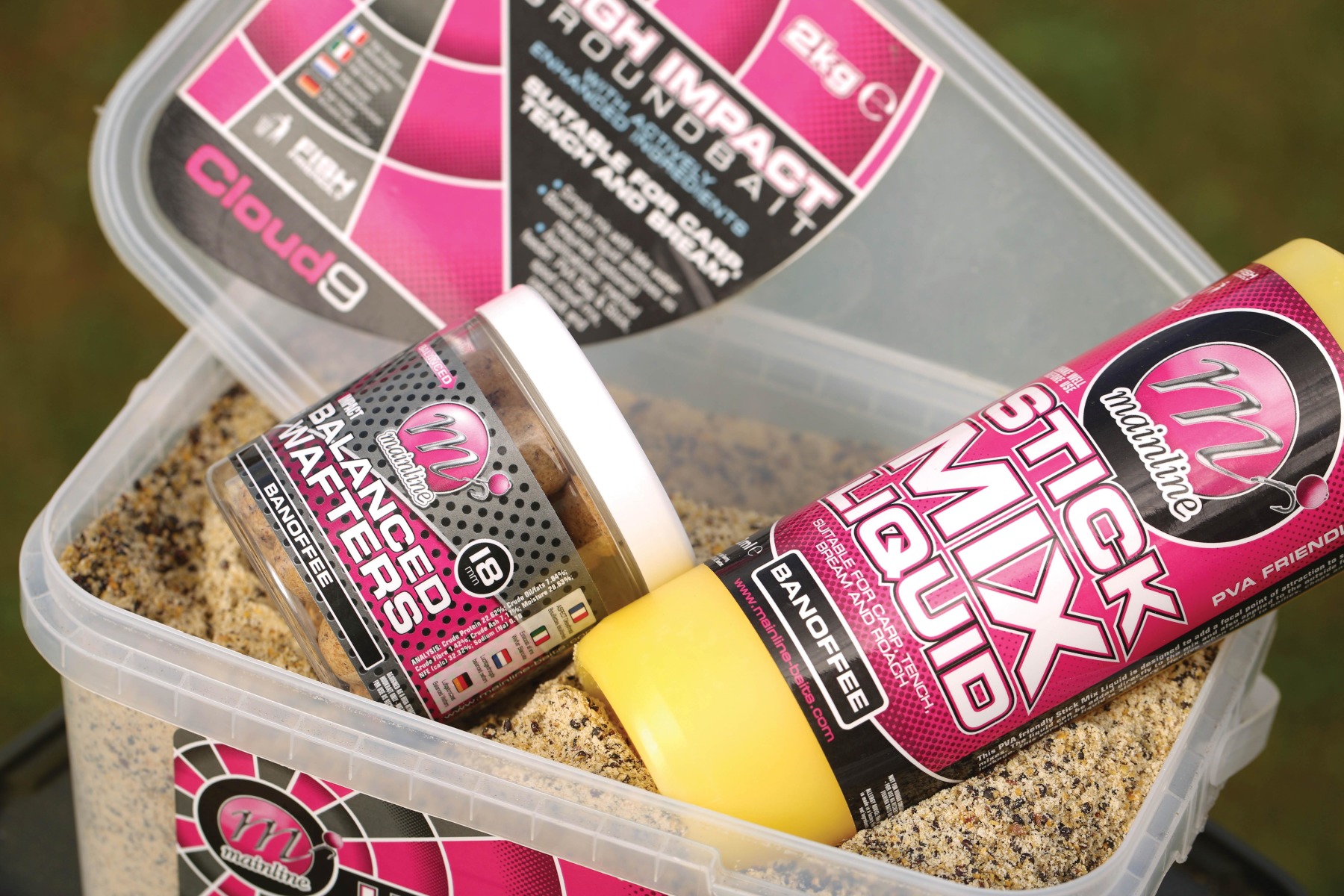Short Sessions And Stalking Opportunities
They are all the same really!
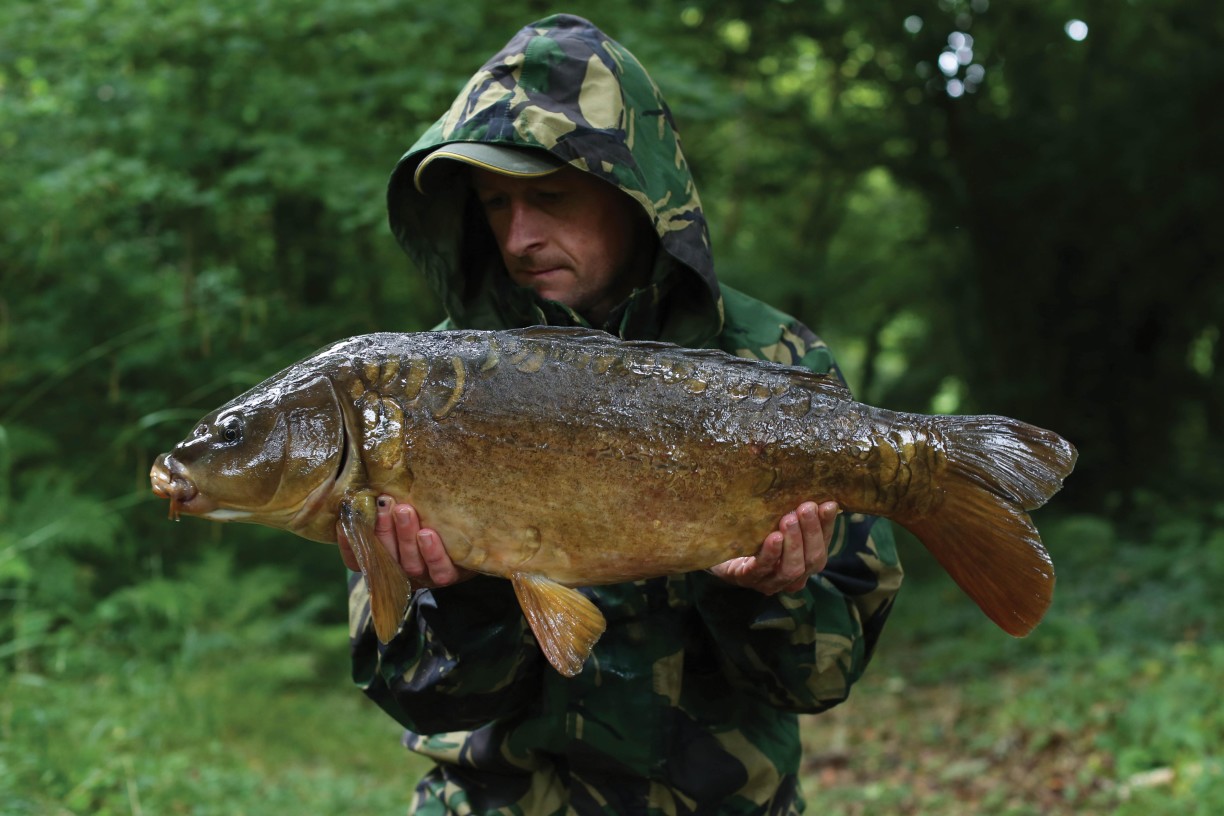
So what I’m talking about here is adapting your tactics and approach to suit your time, which as I’ve said, could be an hour or two stalking or a day only session. It doesn’t really matter what you want to term it, it’s all the same really. Besides, it’s probably best not to keep to any prefixed mindset or rule set as to what stalking or actively fishing for carp involves. I’ve gone off stalking for carp with a single rod (as you’re supposed to!) before now and ended up wishing I had two rods. Just as much as I’ve started a day session positioning three rods only to end up fishing one. It simply depends on what matches the fishing situation best on the day and what is most effective – there are no hard set rules so don’t try and find any to impose upon yourself, like ‘I must fish X amount of rods’.
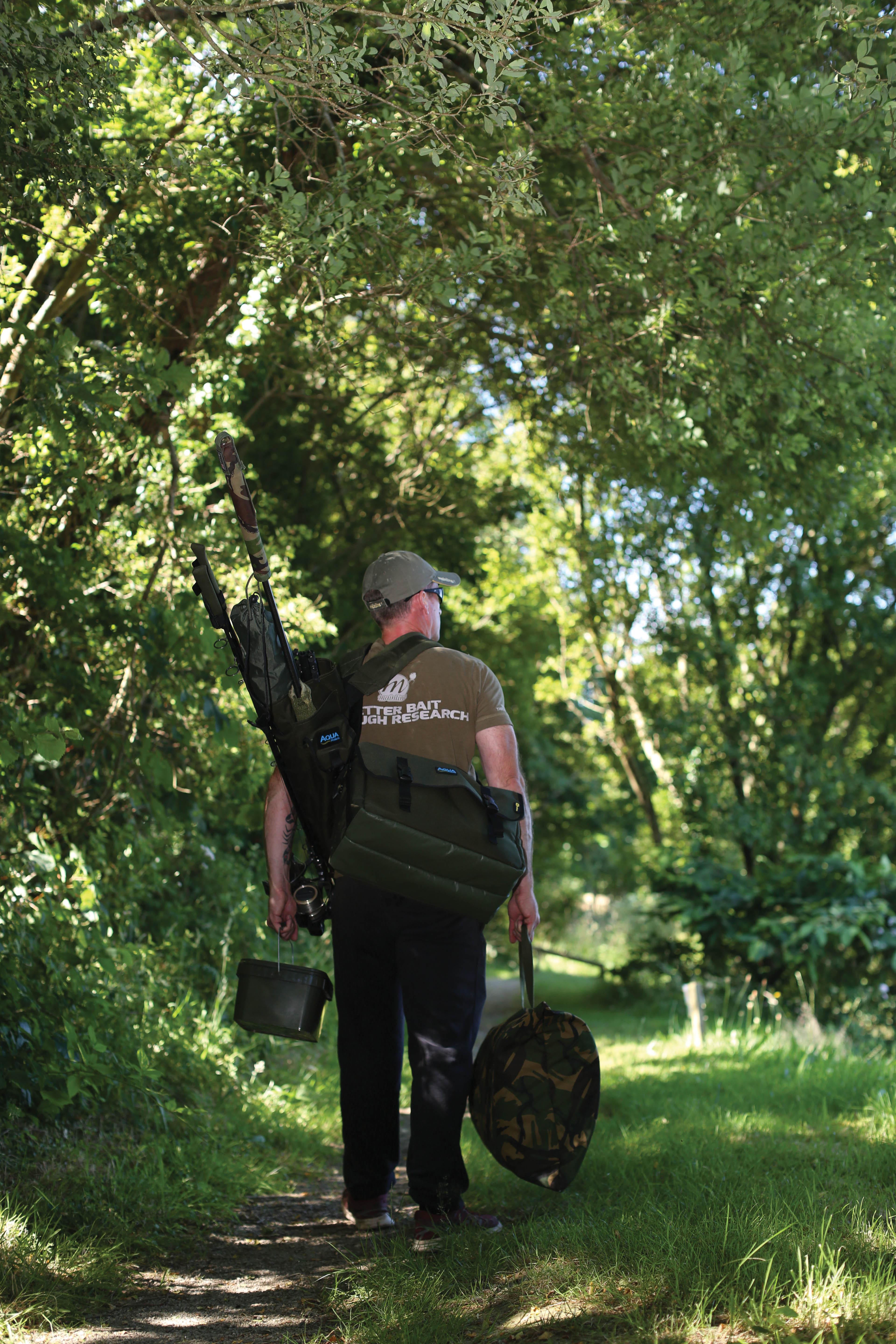
The only real thing I do find to generally help shorter sessions, as far as preparations go, is to try and scale down the kit, not in strength but in weight and quantity. The less you need to carry the better. It’s not just physically easier to up sticks and move or adapt, for me it’s the fact I’m mentally more likely to do so. There’s not an angler alive who finds pleasure in packing down a bivvy in the rain and pushing a tonne of tackle miles round a lake, but simply reeling in and picking up a couple of light bits before you’re on your toes is a different ball game altogether – one that creates a much better, more dynamic mindset.
Purpose-designed kit can really come in to its own here: a small, lightweight quiver to carry a couple of rods, some sticks and of course a net – a small carry bag with the essentials only. Basically take a look at your gear ahead of your session and ask yourself, “Do I need this?” Drop the ‘no’s’, take the ‘yes’ kit and leave a few ‘maybes’ in the motor. Trust me, you’ll probably cut down your kit
by half and double the effectiveness when it comes to mobility and stealth.
As for being stealthy, it obviously pays to wear drab coloured clothing where possible, although I do find it far more important to be quiet and patient. By patient I mean initially spend plenty of time looking for signs of carp. Because essentially what your looking to do during a short session is to place traps directly in front of feeding fish and therefore induce some action very quickly. Location is then obviously a key element to the approach, so don’t be fooled into thinking the rods need to be in the water quickly to maximise a short session. Unless you can fall straight onto the fish in the first swim you come to, then this really couldn’t be further from the truth. It’s a much better idea to be walking the banks, watching the water and scouting likely areas to then ultimately end up in right place at the right time where a bite is 100% on the cards.
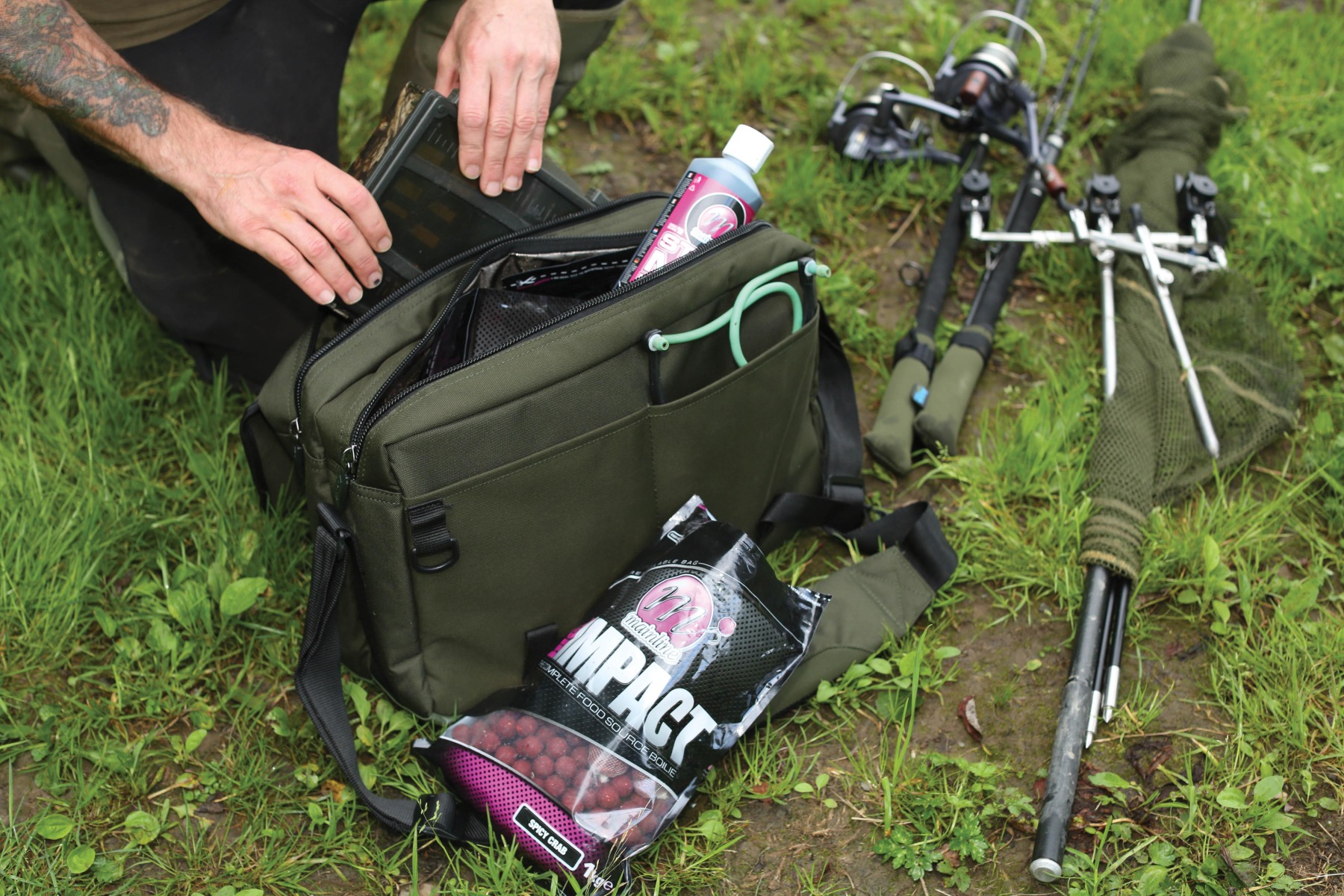
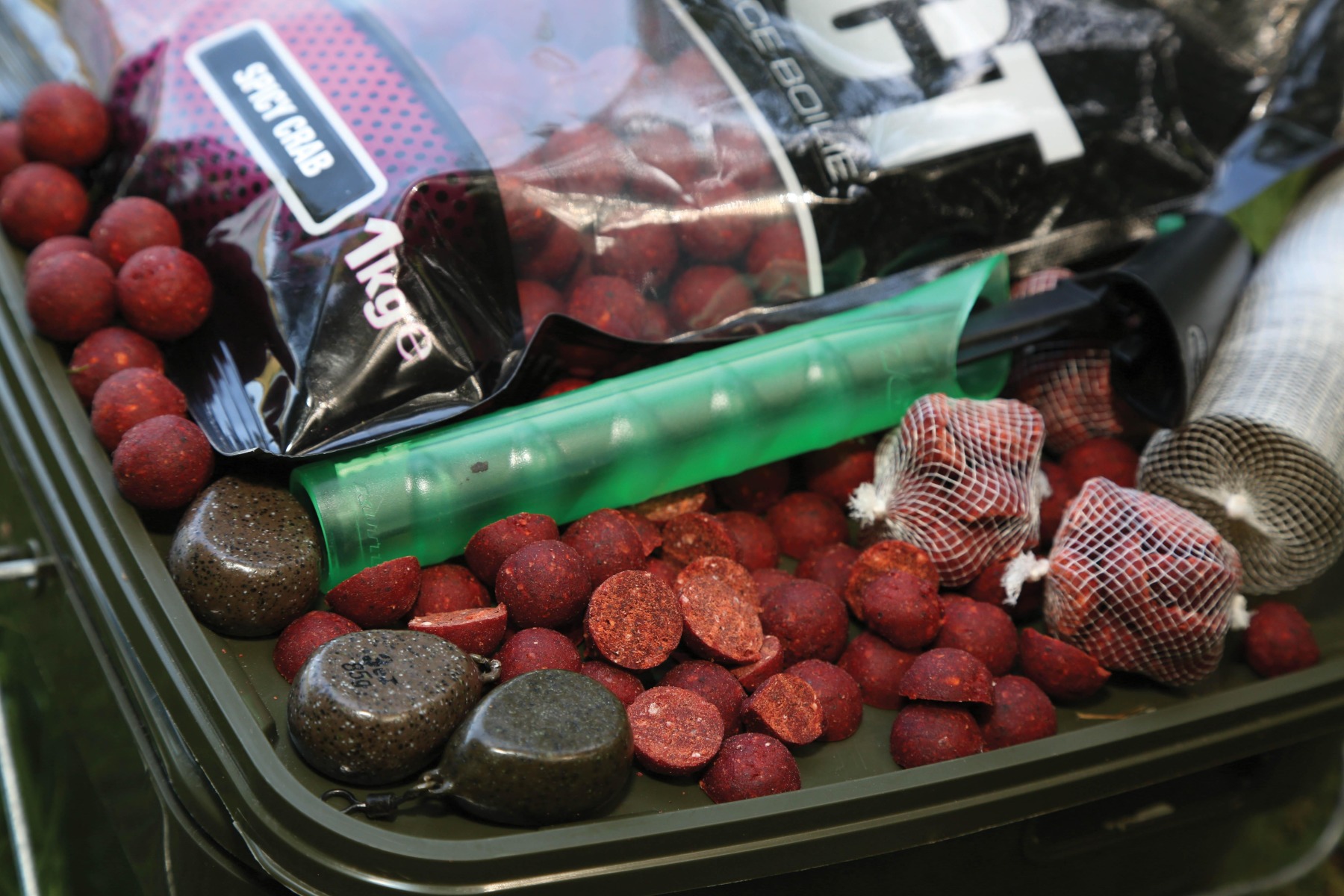
I think this is where my thoughts on stalking and short-session carping merge, as the best place to look simply because it is easiest to observe is the margins and first 30-40yds from the bank. In many cases these areas along with any active carp can be viewed in detail from climbable trees. Spots can be viewed and patrol routes noted, although there are many advantages to fishing close in to the bank.
For a start, the margins are a great feature in their own right, but also hold plenty of other features found attractive by the carp. Reeds, overhanging trees and foliage, drifting weed, the list goes on but even when there aren’t any clean or presentable spots, it’s easy to make a few with little disturbance. Slowly wading in and rubbing a small spot clean with the sole of your boot before lowering a rig precisely by hand to guarantee presentation takes very little time. Even when casting the 30-40yds I’ve mentioned, leads can be small and light, again reducing the amount of disturbance made.
One feature (and I will term it a ‘feature’ as it most certainly attracts fish) where I always feel an expectancy to find a few fish and close in, is the quiet corner furthest away from the bulk of anglers. This can very often be the least fancied area, as most anglers will be fishing to the conditions, say plotted up on the bank accepting a warm wind. An area where I would begin looking myself, but any pressured area such as this will, in most cases, push a few fish (often the ones you’re targeting) to any area offering some sanctuary. For the mobile angler, being able to fish spots for short periods, these quiet little corners can very often be the most rewarding.
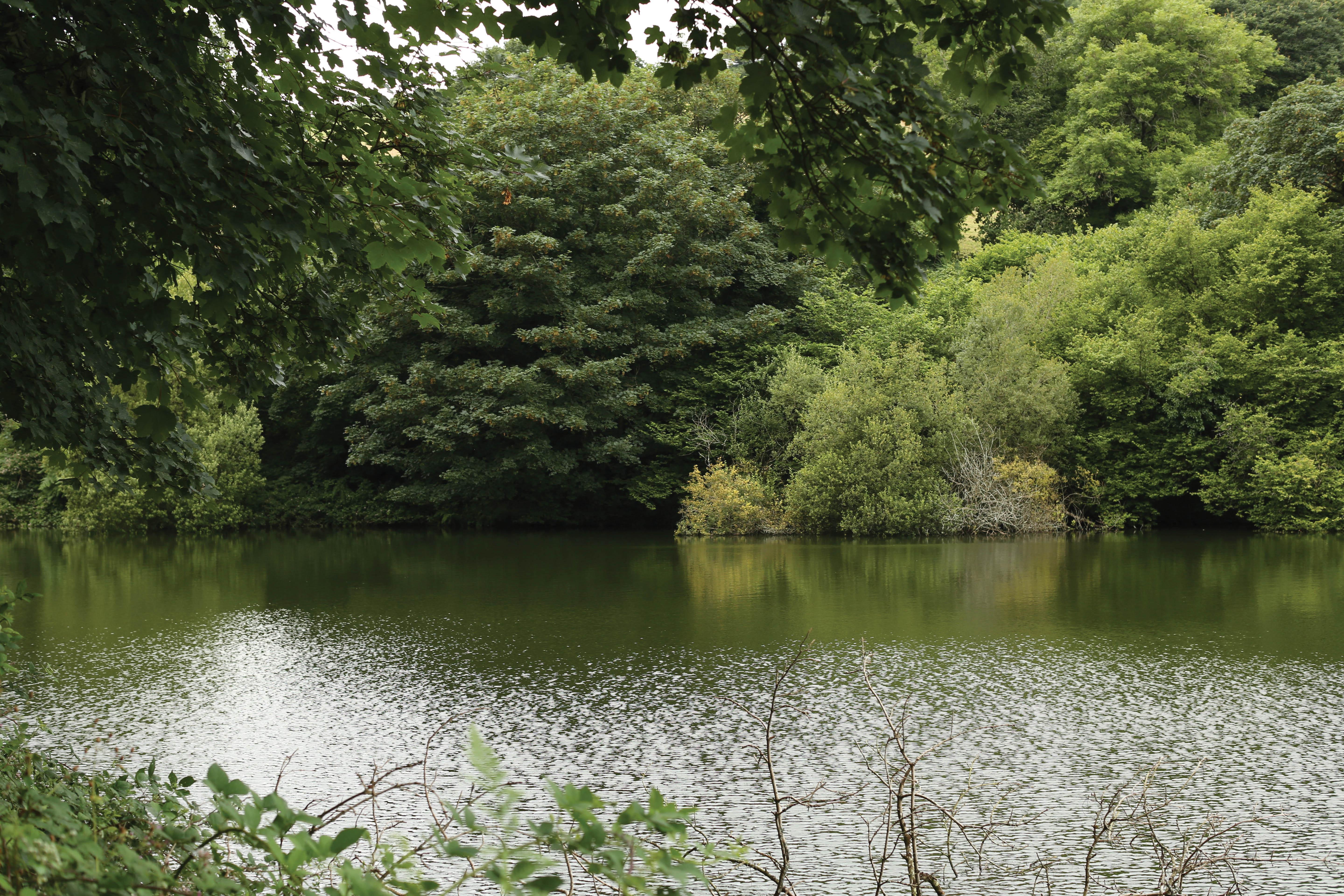
Although it’s always worth remembering that any time you spend looking and searching for carp is never a wasted exercise. As it is also the ideal opportunity for a short-session carper to apply what I believe to be the most effective tactic: priming spots with bait.
HOOKBAIT BUSHCRAFT - Make groundbait-coated wafters
